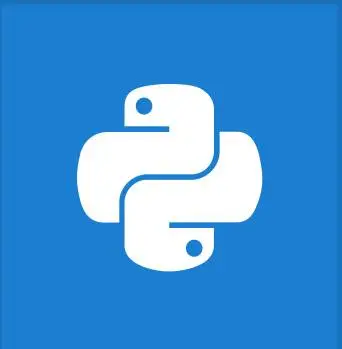


print() 函数有助于将给定消息打印到屏幕或其他标准输出设备。在写入输出屏幕之前,对象将被转换为字符串。
print(*objects, sep=' ', end='\n', file=sys.stdout, flush=False) #where objects can be string,or any object
它可能包含五个参数。除了第一个参数对象外,* 表示它可能有多个。这里的 sep、end、file 和 flush 都是关键字参数。
| 参数 | 描述 | 必需/可选 |
|---|---|---|
| 对象 | 要打印的对象 | 必需 |
| sep | 对象由 sep 分隔。默认值:' ' | 可选 |
| 结束 (end) | end 最后打印 | 可选 |
| file | 必须是具有 write(string) 方法的对象 | 可选 |
| flush | 如果为 True,则强制刷新流。默认值:False | 可选 |
它不返回任何值;返回 None。
print("Python is fun.")
a = 5
# Two objects are passed
print("a =", a)
b = a
# Three objects are passed
print('a =', a, '= b')
输出
Python is fun. a = 5 a = 5 = b
注意
1.' ' 分隔符被使用。注意,输出中两个对象之间的空格。
2.end 参数 '\n'(换行符)被使用。
3.file 是 sys.stdout。输出打印在屏幕上。
4.flush 为 False。流未强制刷新。
a = 5
print("a =", a, sep='00000', end='\\n\\n\\n')
print("a =", a, sep='0', end='')
输出
a =000005 a =05
sourceFile = open('python.txt', 'w')
print('Pretty cool, huh!', file = sourceFile)
sourceFile.close()
输出
Here first it treies to open or create python.txt.The string object 'Pretty cool, huh!' is printed to python.txt file